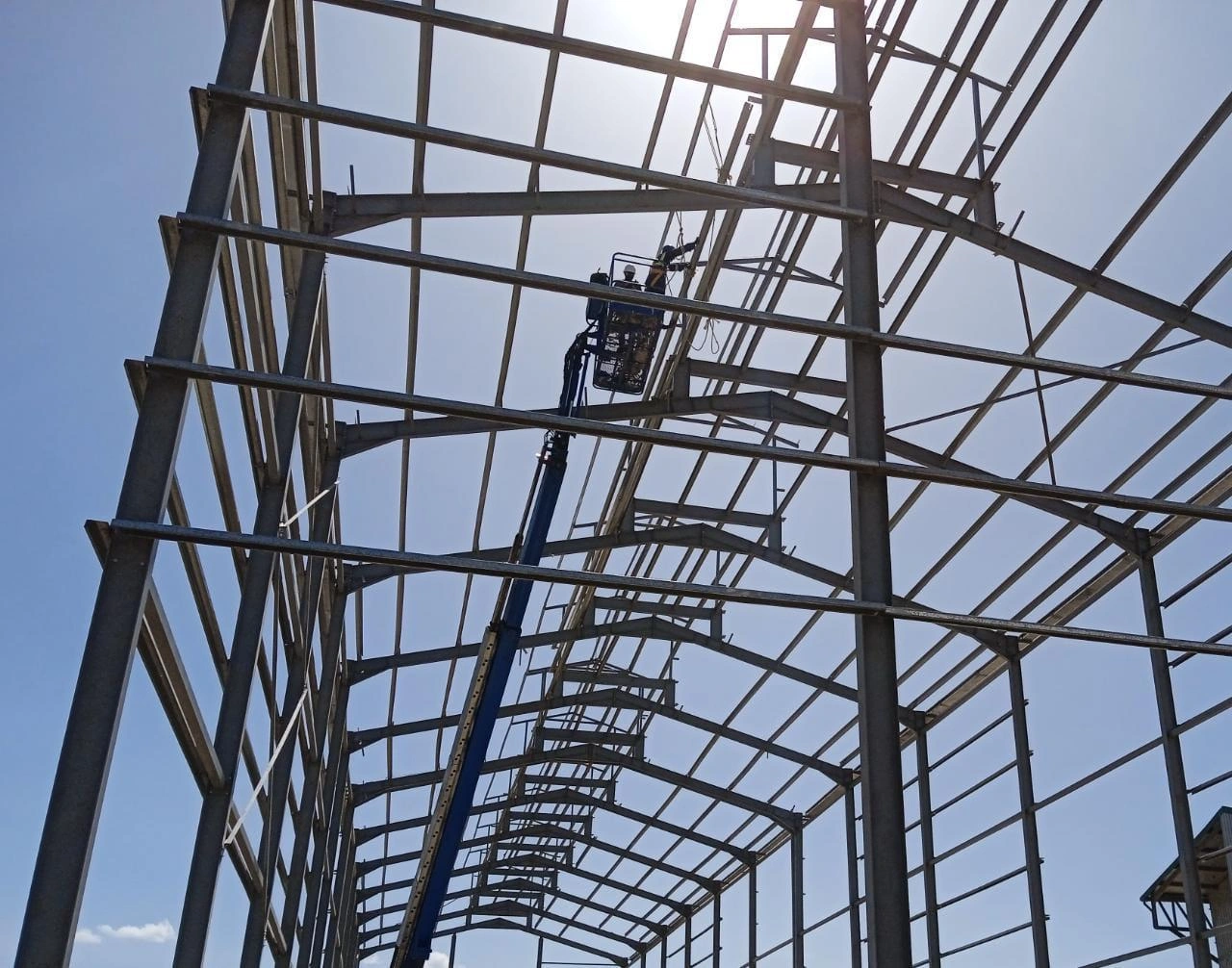In the construction industry, meeting project deadlines is crucial to maintaining client satisfaction, reducing costs, and ensuring overall project success. While it might seem that health and safety measures could slow down progress, in reality, their proper implementation helps construction companies meet or even exceed timelines. By creating a safer working environment, reducing the likelihood of accidents, and enhancing workforce efficiency, health and safety practices directly contribute to meeting deadlines.
Here’s how health and safety measures support timely project delivery in the construction industry:
1. Reduced Injuries and Absenteeism
One of the most significant benefits of prioritizing health and safety is the reduction in workplace injuries. When workers are injured, they need time to recover, and this can cause delays on-site. Injuries can also lead to a shortage of labor, forcing the company to halt or slow down construction. By providing adequate training, safety gear, and protocols to minimize hazards, the likelihood of accidents decreases, and workers remain healthy and available, helping to maintain the planned pace of the project.
2. Improved Worker Morale and Productivity
A workforce that feels safe and valued is more motivated to perform at their best. When workers know that their employer prioritizes their well-being, it boosts morale, leading to higher levels of engagement and productivity. Motivated workers tend to work more efficiently, stick to schedules, and are less prone to making mistakes or requiring rework, which can cause delays.
3. Less Downtime Due to Accidents
Construction sites are prone to downtime when accidents occur. These accidents can halt work entirely, requiring investigation, reporting, and remediation before the project can continue. By following stringent health and safety protocols, such as proper training, equipment maintenance, and safety inspections, construction companies can prevent incidents and minimize the chances of delays. This helps keep work progressing steadily without unexpected interruptions.
4. Faster Decision-Making in Emergency Situations
Health and safety protocols, such as emergency preparedness and first-aid training, ensure that workers can respond quickly and appropriately if an emergency arises. By having wellestablished emergency procedures in place, the construction company can quickly address any issues without unnecessary delays. Whether it’s administering first aid for minor injuries or managing a more significant emergency, quick action ensures that the impact on the project timeline is minimized.
5. Better Equipment Maintenance and Operation
Proper health and safety standards include routine maintenance of machinery and equipment, which helps prevent breakdowns or malfunctions. Well-maintained equipment is less likely to fail, leading to less downtime and avoiding delays caused by having to wait for repairs. Regular safety checks also ensure that equipment is being operated correctly and safely, further reducing the risk of accidents and delays.
6. Compliance with Regulations to Avoid Fines or Work Stoppages
Compliance with health and safety regulations not only keeps workers safe but also helps avoid legal issues or fines. If a construction company does not adhere to safety standards, it can face penalties, fines, or even temporary work stoppages imposed by regulatory bodies. These delays can significantly disrupt project timelines. By proactively implementing safety measures, construction companies ensure they remain compliant, avoiding fines or work disruptions that could extend project deadlines.
7. Minimized Rework and Delays from Mistakes
A safe work environment promotes clear communication, proper training, and well-executed work. When workers are not distracted by safety concerns or trying to work in hazardous conditions, they are more likely to complete tasks accurately the first time. This reduces the chances of mistakes or rework, which can delay a project. Moreover, when workers use machinery and tools safely, there’s less risk of damage or malfunction, further ensuring that tasks are completed correctly and efficiently.
8. Smooth Collaboration Across Teams
Health and safety programs often include communication protocols to ensure that everyone on the construction site is on the same page regarding safety risks and procedures. This encourages smooth collaboration across different teams—whether it’s between contractors, subcontractors, or workers in different areas. Effective collaboration helps avoid misunderstandings, improves workflow, and keeps work progressing on time.
9. Risk Management and Predictable Schedules
A critical aspect of health and safety implementation is the identification and management of risks before they lead to problems. By carefully assessing potential hazards and developing mitigation strategies, construction companies can foresee possible delays and plan accordingly. Proactively addressing safety concerns means that unexpected issues are less likely to arise, and the construction company can keep the project on track.

